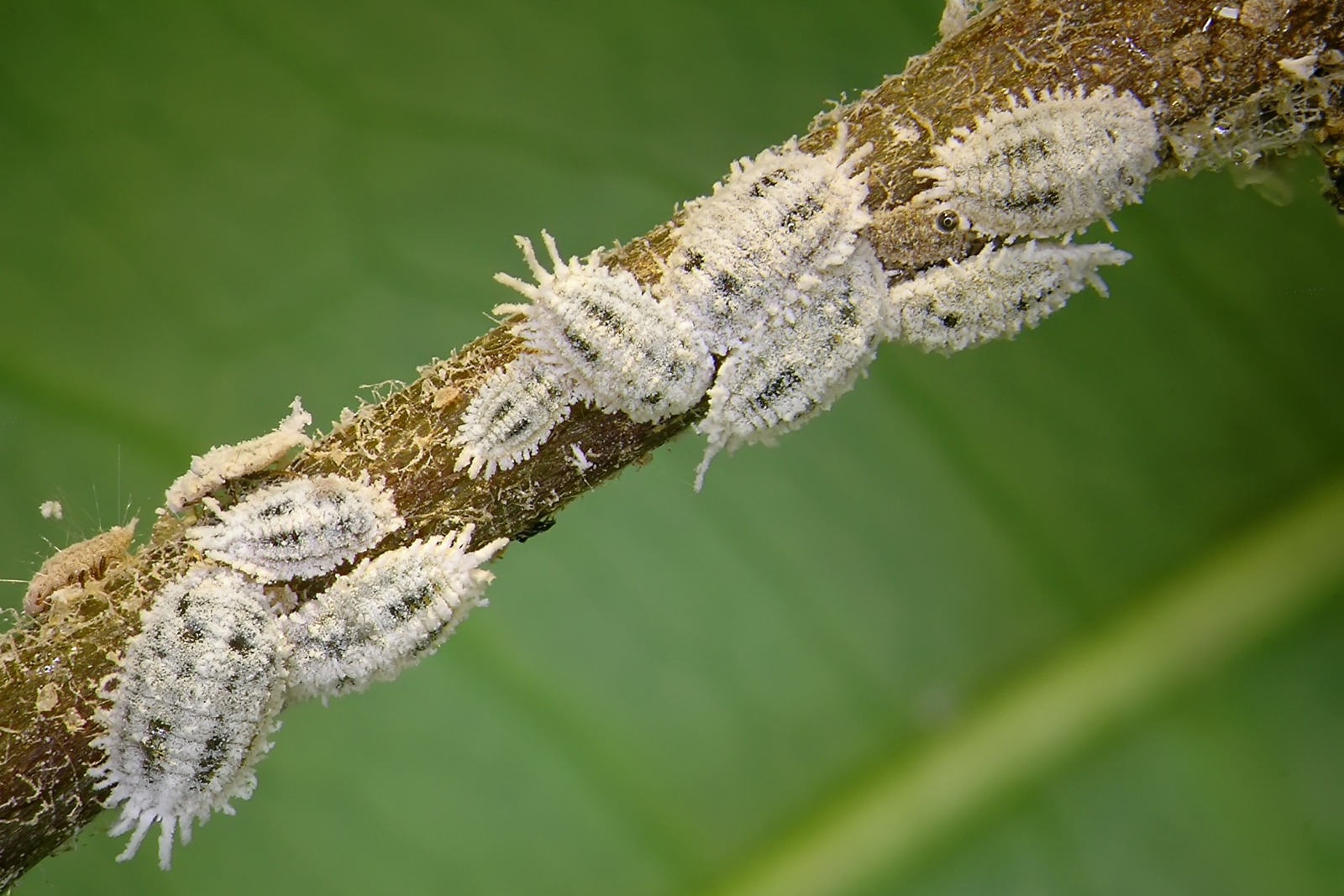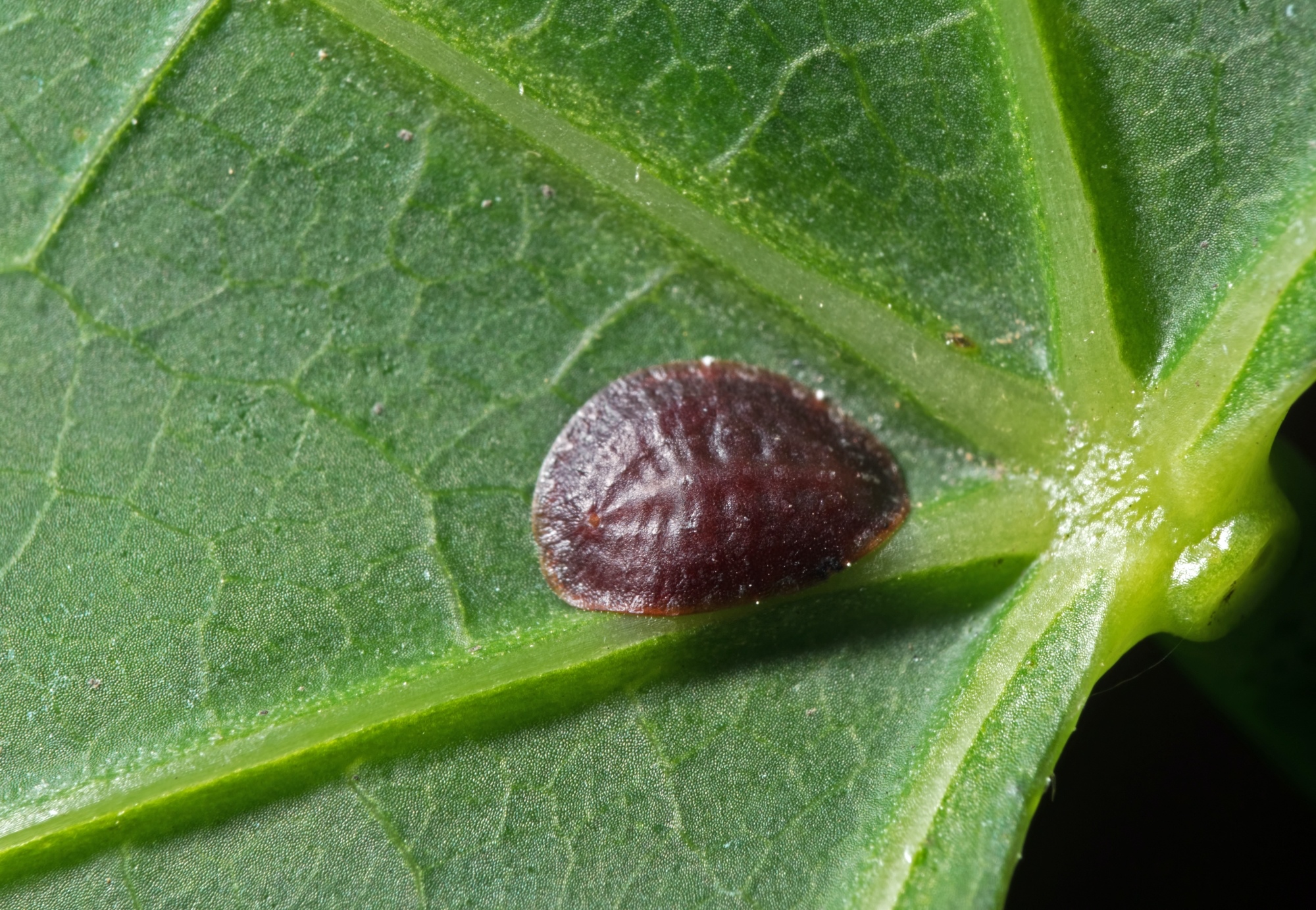
Preventing Scale Bugs on Houseplants
Read Next
Gardening Products
Hi, Elizabeth. It sounds like your plant likely has root rot. This can happen if you are overwatering. Carefully remove the plant from its pot and gently rinse off the roots, trim off the rotten ones, and then repot with fresh potting mix. From here on in, back off a bit on the moisture—the top inch or so of the soil should be dry before you reach for that watering can.
Hi, Vance. Scale insects are not a threat to humans. They live on the sap they suck from plants, so your sap-less skin is of no interest to them. If the insects are in your house, they probably took up residence on houseplants. They need to be picked off of houseplants and then the houseplants should be treated with an insecticide such as neem oil.
Hi, Kerry,
We're sorry that your aspens are having trouble with scale. If the treatments from the tree service are not yielding results, then you might try contacting your county's Cooperative Extension service. They might know of some other things that you might try.
https://www.uwyo.edu/uwe/
In addition, you can also try some of the controls mentioned in our article. It might first help, though, to identify what kind of scale is attacking your aspens. There are soft and armored types of scales, and treatment/timing can vary a bit depending on the type you have. The article below might also help, as it addresses some scales that attack aspen, but in Colorado:
https://extension.colostate.edu/topic-areas/insects/oystershell-scale-5-513/
One article from the Wyoming extension says that oystershell scale (an armored scale type) is a common pest of aspens in your state. For this scale, they usually hatch in early to mid June in your area. Treatment at this stage (crawlers) is important, before their protective coating is formed; often with a repeat treatment in 10 to 14 days. Also prune out infested branches if feasible.
If you have oystershell scale, the crawlers might move to other trees, carried by wind or animals. That is the only stage at which the pest is mobile; they are mobile for just a few days, but some might hatch a bit later than others. In some states, males are not produced.
Here is an article from the Utah Extension about oystershell scale:
https://extension.usu.edu/pests/research/oyster-shell-scale
Over years, a tree with a heavy infestation may decline and die. Monitor the health of your trees--check for branch dieback, yellow/wilted leaves, etc. To aid your trees, alleviate stress and make sure that they have good soil and nutrients and enough water.
Hope this helps!












Comments